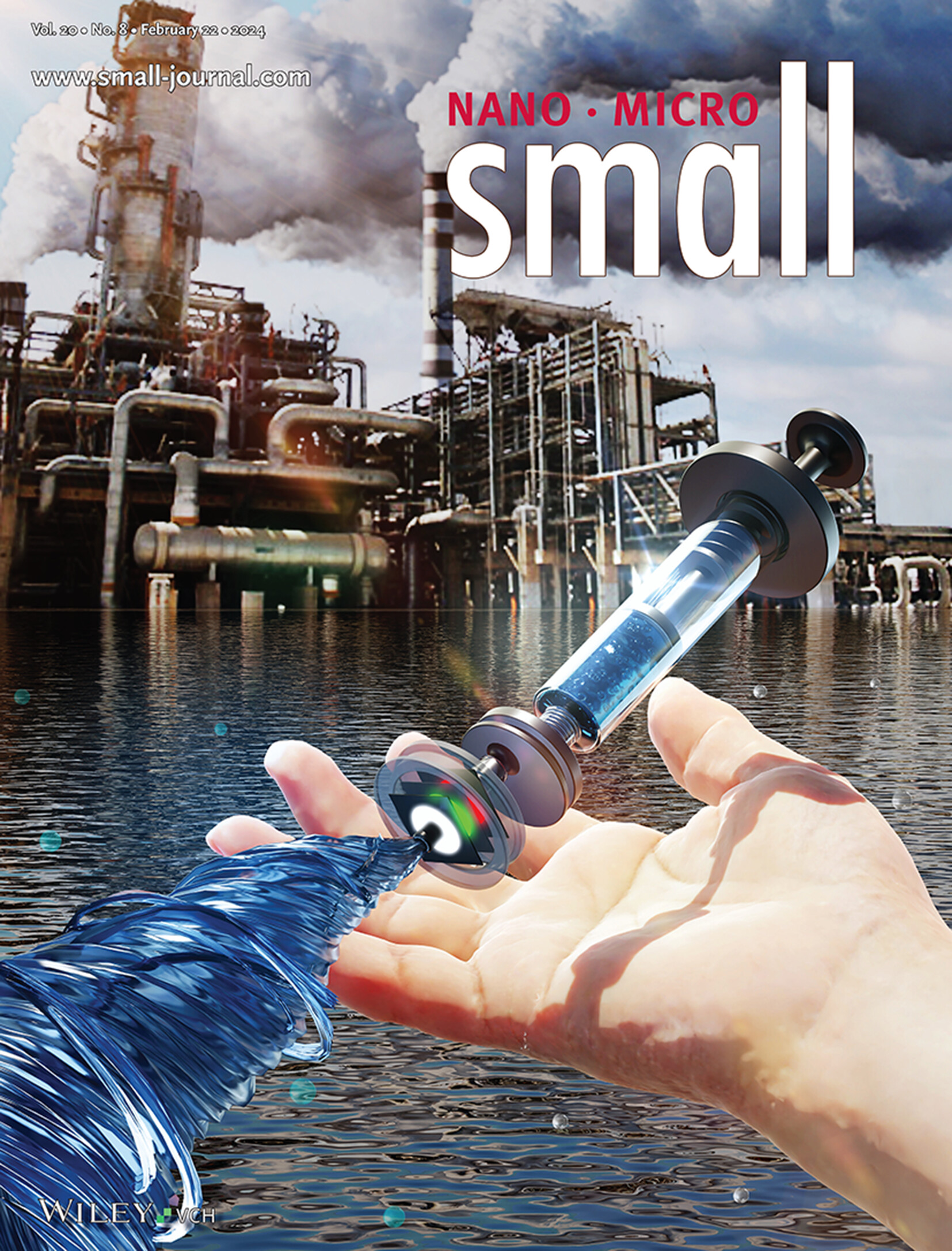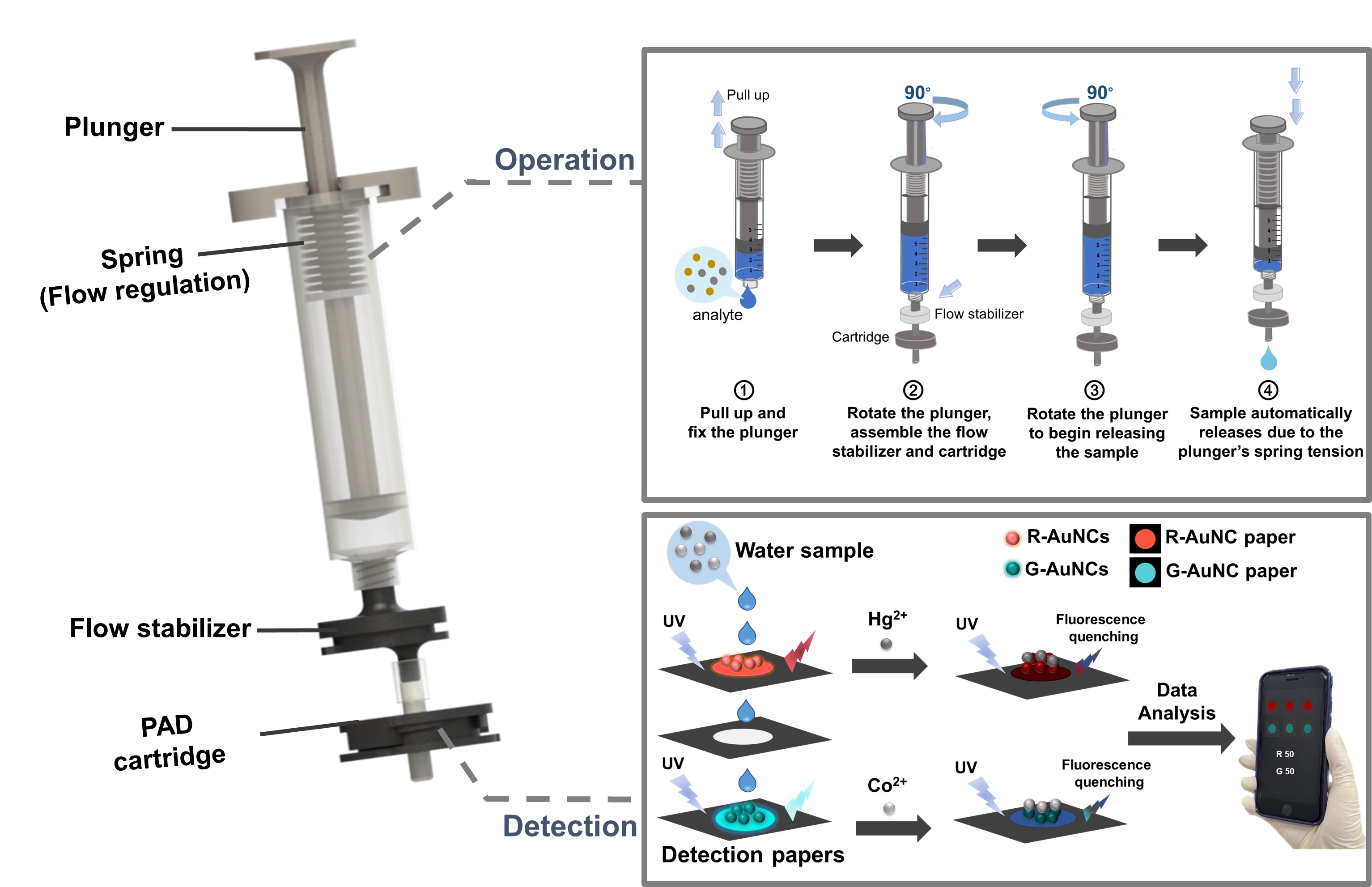Increasing economic and industrial development has exacerbated heavy metal pollution. These metals endanger human health because of their high toxicity, environmental persistence, and bioaccumulation in crops and organisms. Environmental pollution and water quality monitoring are crucial for maintaining livelihoods. Heavy metals like mercury and cobalt pose various health risks and poisonings to humans. Exposure to mercury increases the penetration and damage of the blood-brain barrier, allowing the entry of harmful substances into the brain.

Furthermore, it causes damage to the kidneys and associated conditions such as acute tubular necrosis, chronic nephropathy, kidney cancer, and nephrotic syndrome. For another, excessive cobalt ion levels also negatively impact the nervous system, leading to cardiomyopathy or heart failure. Nowadays, the most used traditional detection method, inductively coupled plasma mass spectrometry (ICP-MS), which provides high sensitivity and accuracy in heavy metal detection. However, the equipment is very costly, and sample preparation needs to be done by professional technical personnel.
In this study, we have developed a portable semi-automatic environmental monitoring device consisting of a spring-assisted syringe, a polydimethylsiloxane (PDMS) membrane-based flow regulator, a fix-and-release fluidic valve actuation, and a paper-based analytical device (PAD). The PAD comprises two layers of paper, and each layer is immobilized with bovine serum albumin-capped gold nanoclusters (R-AuNCs) and glutathione-capped gold nanoclusters (G-AuNCs), respectively. The ligands functionalized on the surface of the AuNCs enable specific and simultaneous detection of Hg2+ and Co2+ ions via the metallophilic Au+–Hg2+ interaction and the Co2+–thiol complexation effect, respectively. Syringe-based devices can handle significant amounts of sample solution to improve the sensitivity of nanocluster-modified paper detection. Further, we can enhance the test's sensitivity by increasing the amount of test sample solution to limit interference from background noise. The feasibility of the device for detecting heavy metal ions at low concentrations in various environmental water samples is demonstrated. Hg2+ and Co2+ ions can be detected simultaneously within 20 minutes, at detection limits as low as 1.76 nM and 0.27 µM, respectively, lower than the United States Environmental Protection Agency (EPA) and European Union (EU) restrictions on water.

A portable semi-automatic environmental monitoring device was developed by our research team for detecting heavy metal ions. (a) Illustration of the semi-automatic environmental monitoring device design; (b) Steps for device operation; (c) The process of heavy metal detection and analysis using a paper-based analytical device modified with gold nanoclusters.
This work has been published and featured on the Inside Front Cover of Small. The team would like to acknowledge and appreciate the financial support from the National Science and Technology Council (NSTC) and the Higher Education Sprout Program at National Taiwan University, Taiwan.
Contact: Prof. Chien-Fu Chen
This email address is being protected from spambots. You need JavaScript enabled to view it.
More information:
“A Semi-Automatic Environmental Monitoring Device for Mercury and Cobalt Ion Detection” Small, 2024, 20, 2303871.
https://onlinelibrary.wiley.com/doi/10.1002/smll.202470063
